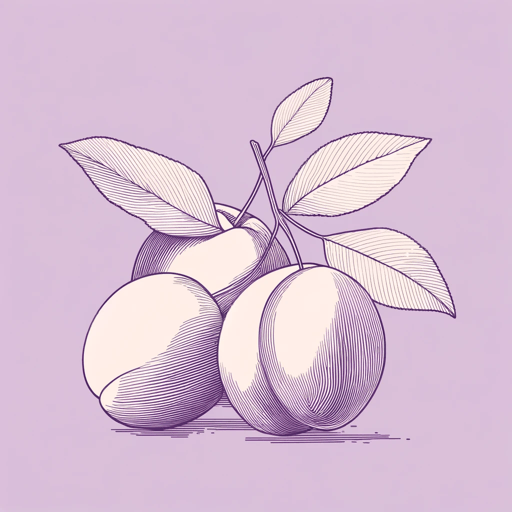18 pages • 36 minutes read
William Carlos WilliamsThis Is Just to Say
Fiction | Poem | Adult | Published in 1934A modern alternative to SparkNotes and CliffsNotes, SuperSummary offers high-quality Study Guides with detailed chapter summaries and analysis of major themes, characters, and more.
Background
Historical Context
Reading the tiny drama of purloined fruit, the reader would be hard-pressed to recall the historical context against which Williams’s poem emerged. In 1933, when Williams first drafted “This Is Just to Say,” America was in the grip of a decade-long socio-economic disaster. The Great Depression created for Williams’s generation a profound sense of limits, a radical lack of faith in the integrity of hope or the viability of optimism. The 1930s struggled to make some sense of dust bowls and bread lines, shuttered businesses and shattered dreams. By Williams’s own account, as a doctor working the rural outback of northern New Jersey, he often provided his services for barter, accepting, in lieu of cash, food, and the promise of handyman labor. Although university educated, Williams never lost touch with the hard scrapple realities of the Depression. “This Is Just to Say” deliberately, audaciously refuses to engage that bleak historic moment, reflecting rather a much quieter, much less grand historical context: the poet’s own non-descript life of quiet consolations, those delicious plums he so wonderfully, so thoughtlessly ate.
Perhaps the best way to engage the magnitude of Williams’s tiny insight into the satisfying taste of chilled, ripe fruit, however, is to place the poem within its historical context: Williams addressing a nation suddenly impressed by what was gone, suddenly removed from hope, shocked by how quickly, how absolutely the world confirmed pessimism.
Related Titles
By William Carlos Williams

Approach of Winter
William Carlos Williams

Between Walls
William Carlos Williams

In the American Grain
William Carlos Williams

Landscape with the Fall of Icarus
William Carlos Williams

Paterson
William Carlos Williams

Spring and All
William Carlos Williams

Spring Storm
William Carlos Williams

The Red Wheelbarrow
William Carlos Williams

The Young Housewife
William Carlos Williams

To Elsie
William Carlos Williams

To Waken An Old Lady
William Carlos Williams

